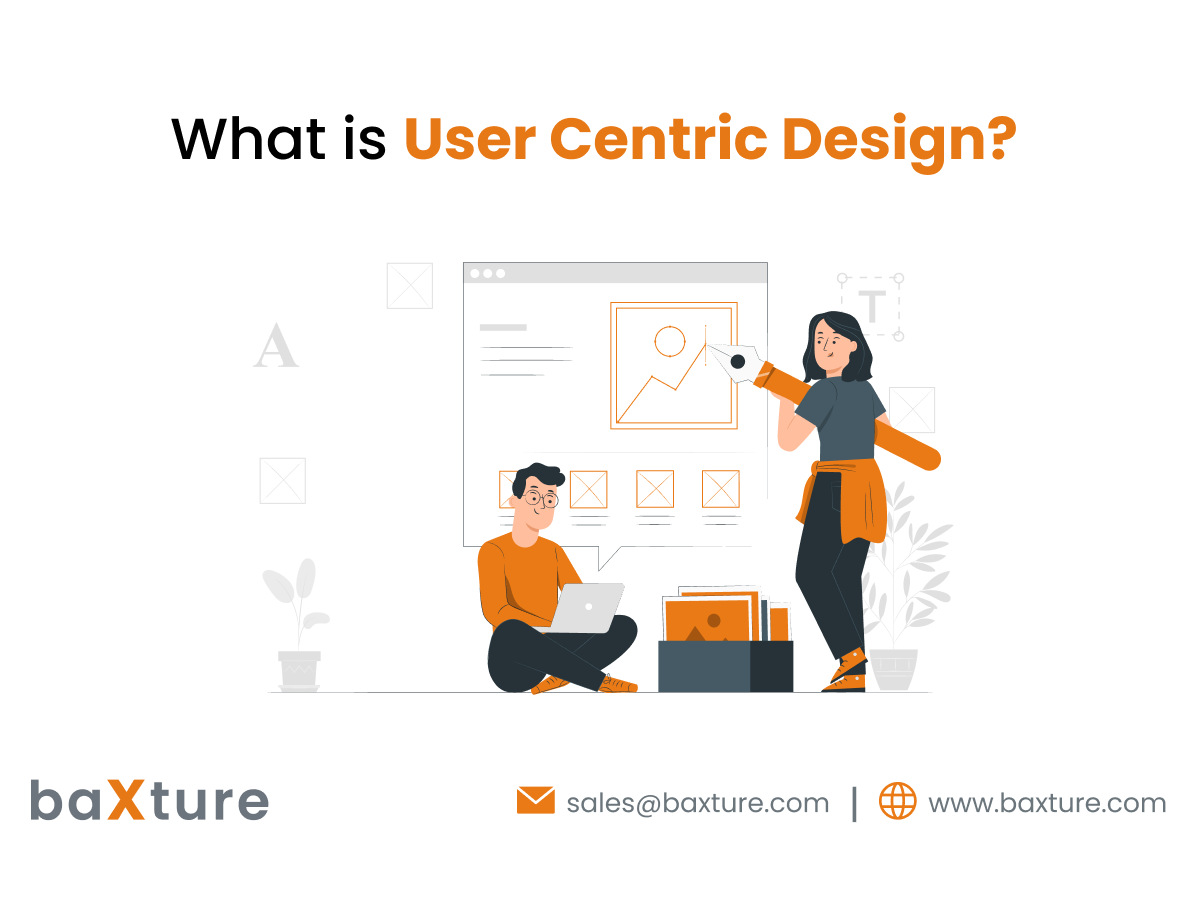Blogs
User-Centered Design: Benefits, Phases, Future & More

User-centered design (UCD) is a design process that puts the user at the center of the development process. It is an iterative process that involves understanding the user's needs, designing solutions that meet those needs, and testing those solutions with users to get feedback.
The goal of UCD is to create products that are easy to use, efficient, and effective. UCD can be applied to any type of product, from websites and software to physical products.
The Benefits of User-Centered Design
There are many benefits to using UCD in the design process. Some of the benefits include:
- Better user experience: Products that are designed with the user in mind are more likely to be easy to use, efficient, and effective. This can lead to a better user experience, which can increase customer satisfaction and loyalty.
- Reduced development costs: UCD can help to reduce development costs by identifying and addressing usability problems early in the development process. This can save time and money in the long run.
- Improved product quality: UCD can help to improve product quality by ensuring that products meet the needs of the users. This can lead to increased sales and market share.
How to Conduct User-Centered Design
UCD is an iterative process that involves the following steps:
- Understand the user: The first step in UCD is to understand the user. This involves understanding the user's needs, goals, and preferences. There are a number of ways to gather this information, such as surveys, interviews, and usability testing.
- Define the requirements: Once you understand the user, you need to define the requirements for the product. This includes defining the features and functionality of the product, as well as the usability goals.
- Design the solution: The next step is to design the solution. This involves creating wireframes, prototypes, and mockups of the product.
- Test the solution: Once you have a design, you need to test it with users to get feedback. This feedback can be used to improve the design and ensure that it meets the needs of the users.
- Iterate: The final step is to iterate on the design. This involves incorporating feedback from users and making changes to the design.
The Different Phases of User-Centered Design
The different phases of UCD are:
- Planning: This phase involves defining the scope of the project, identifying the stakeholders, and developing a project plan.
- Research: This phase involves gathering information about the users, their needs, and their goals.
- Design: This phase involves creating wireframes, prototypes, and mockups of the product.
- Testing: This phase involves testing the product with users to get feedback.
- Implementation: This phase involves building the final product and launching it to users.
The Different Methods of User-Centered Design
There are a number of different methods that can be used for UCD. Some of the most common methods include:
- Surveys: Surveys are a good way to gather quantitative data about the users.
- Interviews: Interviews are a good way to gather qualitative data about the users.
- Usability testing: Usability testing is a good way to test the usability of the product with users.
- Card sorting: Card sorting is a good way to understand how users categorize information.
- Eye tracking: Eye tracking is a good way to understand how users interact with the product.
The Importance of User-Centered Design in the Digital Age
The digital age has made it more important than ever to consider the user in the design process. With so many products and services available, users have more choices than ever before. This means that products that are not user-friendly will be quickly abandoned.
UCD can help to ensure that products are user-friendly and meet the needs of the users. This can lead to increased customer satisfaction, loyalty, and sales.
The Future of User-Centered Design
The future of UCD is bright. As the digital world continues to evolve, the need for user-centered design will become even more important. UCD will continue to evolve as new technologies and techniques emerge.
Conclusion
User-centered design is a powerful process that can help you create products that are easy to use, efficient, and effective. If you are looking to improve the user experience of your products, UCD is a great place to start.
I hope this article has helped you to understand the basics of user-centered design. For more information,